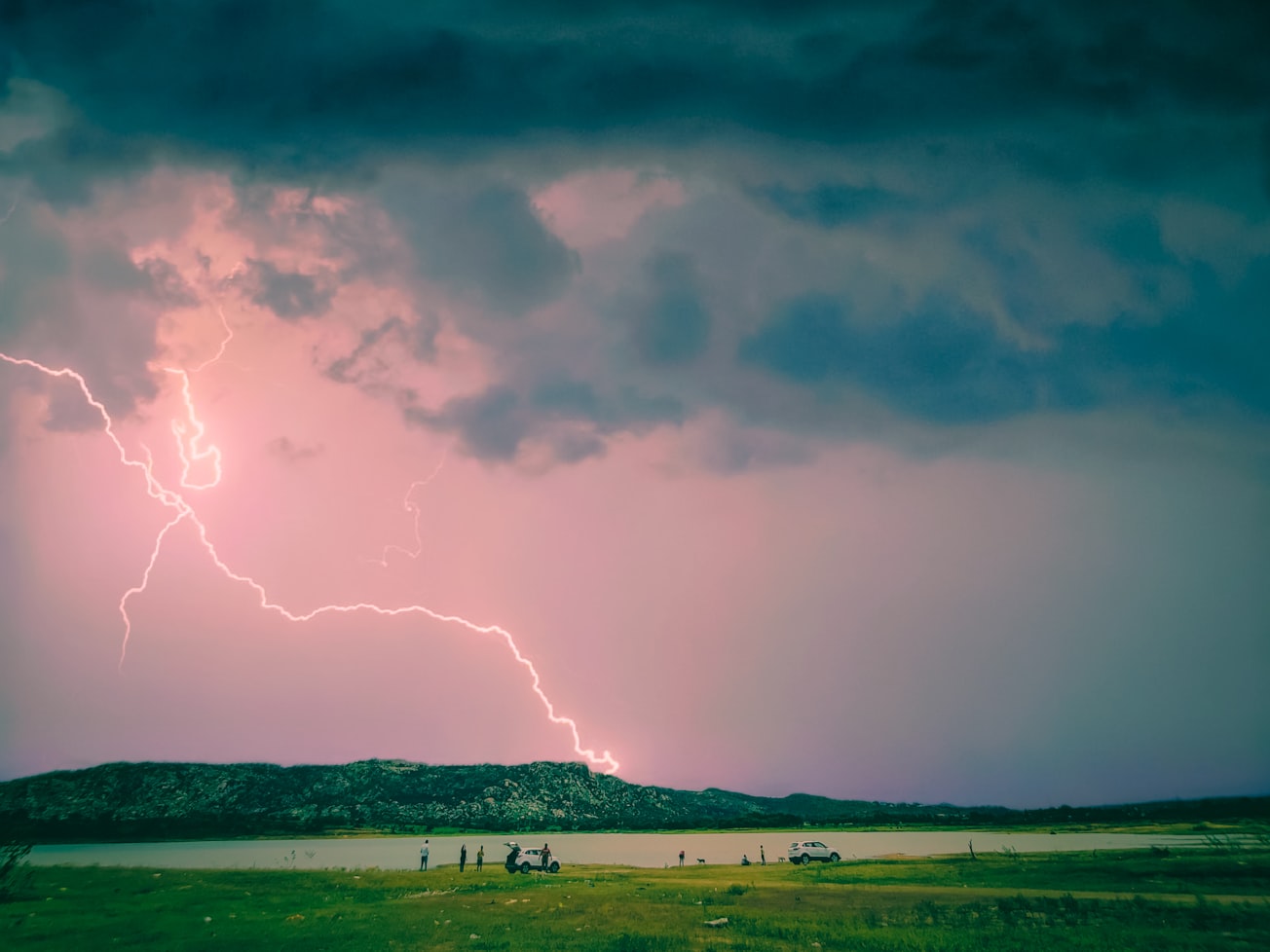What is it about?
In the afternoon of 17 June 2017, the dry thunderstorm environment configured a perfect scenario for natural ignition and evolution of some fires in Portugal. The Pedrógão Grande wildfire ignited in this period and was the deadliest single fire event in the Portuguese history, with at least 60 people killed. The study aimed to assess the applicability of the current Meso-NH electrical scheme (CELLS) in the investigation of forest fire ignition. The challenge was to diagnose cloud-to-ground (CG) lightning at 1 km spatial resolution and, subsequently, preferred regions where Forest Fire Events (FFE) could be naturally ignited.
Featured Image

Photo by mohit suthar on Unsplash
Why is it important?
The spatial distribution of the simulated CG lightning showed a good agreement with the lightning strokes obtained from the national lightning detection network. Overall, this paper introduces a possible application of the Meso-NH electrical scheme, namely the study of forest fire ignition by lightning strokes.
Read the Original
This page is a summary of: Lightning modelling for the research of forest fire ignition in Portugal, Atmospheric Research, September 2020, Elsevier,
DOI: 10.1016/j.atmosres.2020.104993.
You can read the full text:
Contributors
The following have contributed to this page







